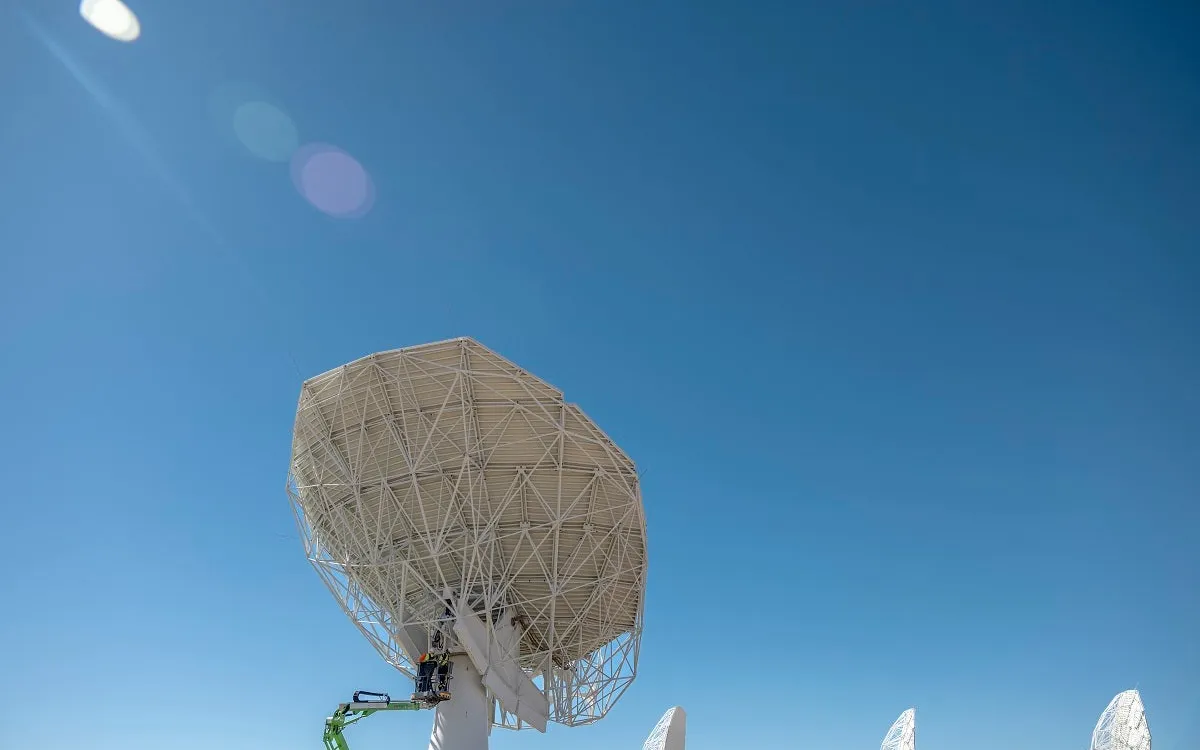
Astronomers have made a groundbreaking discovery that has captivated the scientific community: a mysterious celestial object that emits pulses every 44 minutes. This exciting find was announced in a press release from Australia's Curtin University, part of an international team that successfully detected the enigmatic object just 15,000 light-years away within our own Milky Way galaxy. The significance of this discovery is heightened by the fact that the signals are being received in both X-rays and radio waves.
The newly identified object has been named ASKAP J1832-0911, after the Australian Square Kilometre Array Pathfinder (ASKAP) radio telescope that played a pivotal role in its detection. The object is notable for emitting two-minute-long pulses that pause before repeating every 44 minutes. As detailed in the Curtin press release, the researchers experienced a stroke of luck when they discovered that NASA’s Chandra X-ray Observatory was simultaneously observing the same region of the sky and recorded the same repeating signal in X-ray form.
This dual-natured pulse has been classified under a newly identified category of cosmic phenomena known as long-period radio transients (LPTs). First discovered in 2022 by the International Centre for Radio Astronomy Research (ICRAR), LPTs are characterized by their mysterious origins and occur at fixed intervals ranging from minutes to hours. Unlike pulsars, which are rapidly rotating stars that emit bursts of energy every few milliseconds, LPTs are considered remarkably slow.
Since their discovery, astronomers have only identified about 10 other LPTs globally, making this recent find all the more remarkable, as none had previously been analyzed using X-ray telescopes. According to Ziteng Andy Wang, a Curtin astronomer affiliated with ICRAR and the lead author of a recently published paper in the journal Nature, discovering the dual nature of LPTs felt akin to finding a needle in a haystack. The ASKAP radio telescope provides a broad view of the night sky, whereas Chandra focuses on a much smaller portion, making the coincidental overlap significant.
Given that LPTs are a relatively new phenomenon in astronomy, researchers are still investigating their potential origins. Early theories suggested that they might be linked to magnetars, a type of neutron star with extraordinarily strong magnetic fields that can emit radio pulses at much faster intervals. However, the magnetar hypothesis has since been reconsidered. The astronomers involved in this latest research are optimistic that their findings will shed light on what these unusual, slow pulses signify.
"This object is unlike anything we have seen before," Wang stated, highlighting the uniqueness of this discovery.
This exciting revelation about ASKAP J1832-0911 adds to the ongoing exploration of strange phenomena in our universe. In related news, scientists have recently been astonished by the discovery of a small star that is seemingly "swimming" through the outer layers of a larger star, further illustrating the mysteries that the cosmos holds.